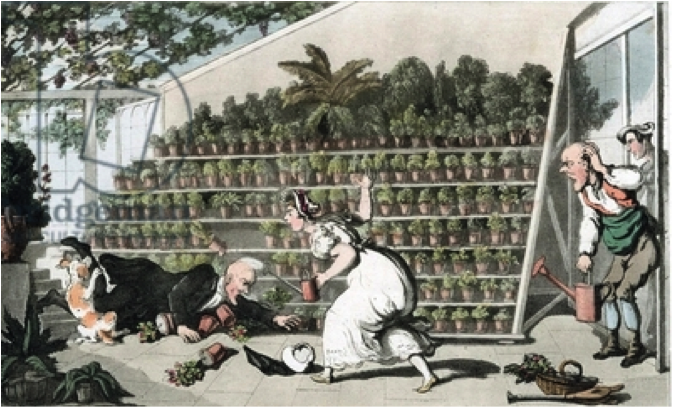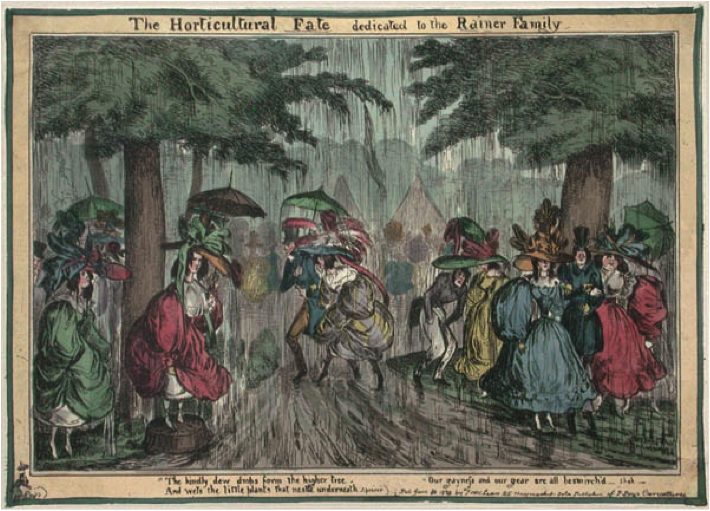The visitors to the shows, and indeed my garden, are predominantly female*. Whenever I’m asked to give a talk to a gardening society the audience will be almost entirely female. I’m not complaining.
The gardening world described in Catherine Horwood’s book ‘Gardening Women’, published by Virago Press, is entirely different. It’s wholly dominated by men, and in her eyes it is only the rarely gifted, talented or audacious women who are able to succeed. Catherine Horwood’s book is a romp through the lives of indomitable women who, in the last 400 years, have been able, apparently against all odds, to make their presence felt in an otherwise male world. Anyone looking for a potted biography of any of the best known female gardeners will find what they want here. But I wonder if her story is entirely accurate. When you look at the heyday of British gardening, the 19th century, was the influence of women limited to a handful of indomitable spirits? The 19th century was the time when flower shows were at their peak; every town, every village held their own show. These shows, like Chelsea today, often attracted tens of thousands of visitors, the difference being that there were many more shows then than now. And then, as now, the majority of the visitors were women. This was to be expected, as women were in charge of the flower gardens. Every household of a certain size would have a flower garden, not just for display, but to supply the house with vases of flowers, sometimes several dozen, and table displays. Women were also in charge of the kitchen, and would keep a close eye on what was available from the vegetable garden. In both these departments women gave the orders, women set the trends, women dictated the fashions. They competed fiercely with their neighbours to have the latest rose or the earliest peach. It’s true that men did most of the work, but they didn’t make most of the decisions. Catherine Horwood singles out a handful of great female Victorian gardeners, including some of my favourites, such as Louisa Lawrence and Jane Loudon. One of her stars is Lady Dorothy Nevill who ran Dangstein in Sussex with great success. The impression is given that Lady Dorothy was most exceptional, but I wonder if that is true. I have read of several like her – Lady Middleton at Shrublands and Lady Rokeby at Hazelwood Hall come to mind, but I’m sure that there were many others who laboured quietly away without public recognition. There is a weakness in Catherine Horwood’s book in that she relies mainly on secondary sources. A little bit of original research would have thrown up many more outstanding lady gardeners. I think that a little delving in the archives would have revealed, perhaps, that the likes of Lady Dorothy were closer to the norm than the exception. *The official Chelsea Flower Show statistics show that 70% of the visitors are female.
0 Comments
Leave a Reply. |
|



 RSS Feed
RSS Feed